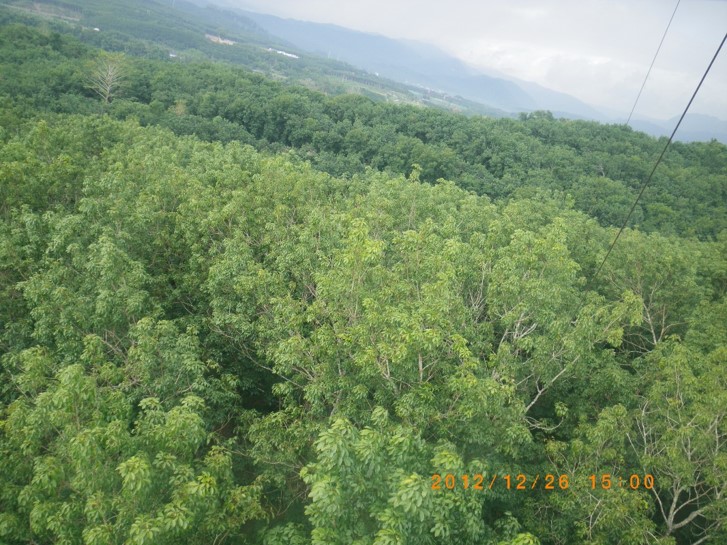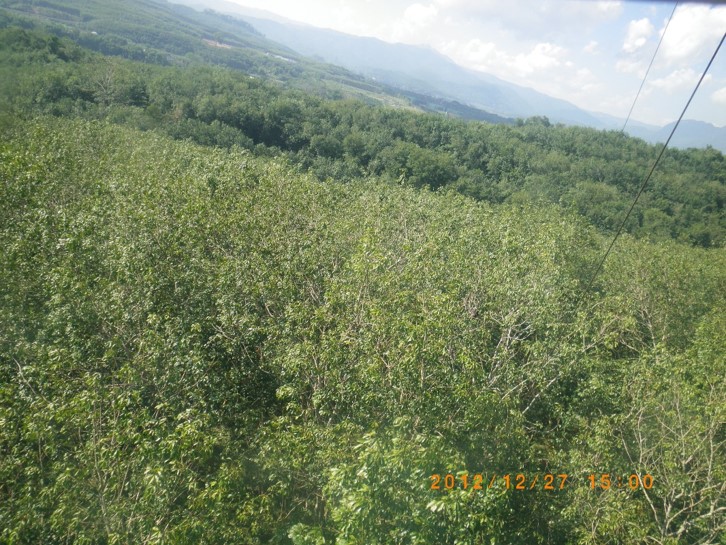Water-use efficiency (WUE) is one of the most important indicators of the strength of the carbon-water coupling for ecosystems and plants. The annual WUE patterns among different types of forests have been widely reported. However, the annual pattern of the carbon-water coupling of rubber trees has never been explored on the plant and ecosystem scales. The responses of the carbon-water coupling to cold stress and hail events remain unknown.
In a study published in Industrial Crops and Products, researchers from Xishuangbanna Tropical Botanical Garden (XTBG) tried to reveal the adaptation strategy of rubber trees to cold stress and hail events from the perspective of water-use efficiency (WUE). They compared the WUE of rubber plantations by considering different scales (plant and ecosystem) and methods (eddy covariance and isotope techniques).
The researchers continuously measured the sap flow density, diameter at breast height (DBH), and the carbon and water flux of rubber plantations in Xishuangbanna in SW China from 2012-2016.
They observed high correlations in the annual WUE patterns of rubber plantations between the plant and ecosystem scales. These patterns were characterized by a single-peaked curve after the cold stress period from March to December and by the peak WUE values occurring between July and September.
The WUE of tropical rubber trees was highly over-estimated during the cold stress period given that discolored leaves with highly anthocyanin levels would soon fall off and might curtail the photosynthetic activity.
Compared with the effects of cold stress on the WUE of rubber trees, the hail event severely disturbed the annual WUE pattern by weakening the carbon-water coupling process, as well as disturbing the relationship between ratio of growth rate of DBH and sap flow density in the following annual life cycle of rubber trees.
The results revealed that rubber trees might have potentially adapted the disadvantage climatic conditions of Xishuangbanna in the north margin of the tropics.
“However, we noted significant vulnerability and uncertainty for the responses of rubber trees to the extreme and frequent climatic events, since it could profoundly affect the growth of rubber trees,” said LIN Youxing of XTBG.
Contact
LIN Youxing Ph.D
Key Laboratory of Tropical Forest Ecology, Xishuangbanna Tropical Botanical Garden, Chinese Academy of Sciences, Mengla, Yunnan 666303, China
E-mail: linyouxing@xtbg.ac.cn
Rubber forest before hail event. (Image by LIN Youxing)
Rubber forest after hail event. (Image by LIN Youxing)


